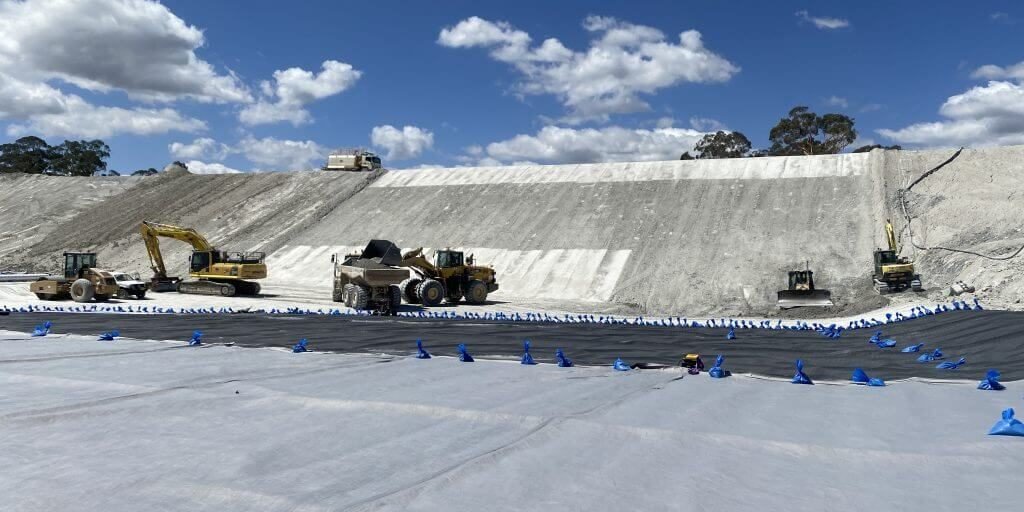As the bushfire dust settles, who and how do we cope with the clean-up?
Earlier this month (March) marked the first time since July 2019 that there were no active bush fires or grass fires in NSW. As the dust (or more accurately, ash) settles on what was a horrific Australian bushfire season, the mammoth task of rebuilding impacted communities and supporting the regeneration of the natural environment can commence.
A significant consideration in the aftermath of any natural disaster is the clean-up effort. In the case of our recent Australian bushfires, this includes managing a vast volume of construction & demolition (C&D) and green waste.
According to media reports, over 18 million hectares of land have been burnt as of mid-January 2020, destroying over 5,900 buildings including over 2,800 homes. The NSW Rural Fire Service (RFS) reported that, as of 13 February 2020, 2,349 homes had been destroyed in NSW alone and 1,024 homes were damaged by fires. In NSW alone, at least 5.4 million hectares of land have been burned by 11,264 bush and grass fires.
This all leads to some important questions from the community which Government and industry need to come together to answer. These include, what happens to what remains? How do we deal with the expanses of burnt trees, materials from fire-affected homes and what remains of homes that have been destroyed?
Unfortunately when dealing with wood waste from buildings and houses impacted by bushfires, asbestos dust and fibres may pose a health risk, which means any clean-up strategy must err on the side of caution.
An urgent priority for the clean-up response following a bush fire is the safe and efficient removal of asbestos, CCA treated timber (Copper-chrome-arsenate treated timber referred to as ‘permapine’) and ash from fire affected areas.
In the aftermath of the 2009 Victorian bushfires, the decision was made to treat all bush fire waste as hazardous, meaning it needed to be sent to landfill. The classification of the waste from the bush fires assumed that all material was “Construction & Demolition waste plus other contaminants, including Class B (non-friable) asbestos.”[1]
There is a viable local market for recycling of various types of C&D waste when source segregation is possible. In the case of fire and these materials are all classified as contaminated, disposal is often deemed to be the only viable, and most importantly, the only safe option.
Given the millions of hectares of land burnt and the thousands of homes destroyed by the recent bush fires, how do local landfills cope with this massive surge in demand to receive hazardous material that can’t be recycled?
Following the 2009 bushfires in Victoria, a new landfill site was urgently required. This led to an urgent consent and construction of a new landfill cell at an existing landfill within a very short timeline. Thankfully, in the case of the southern NSW bush fires, a new landfill cell had already been planned and was undergoing detailed design.

